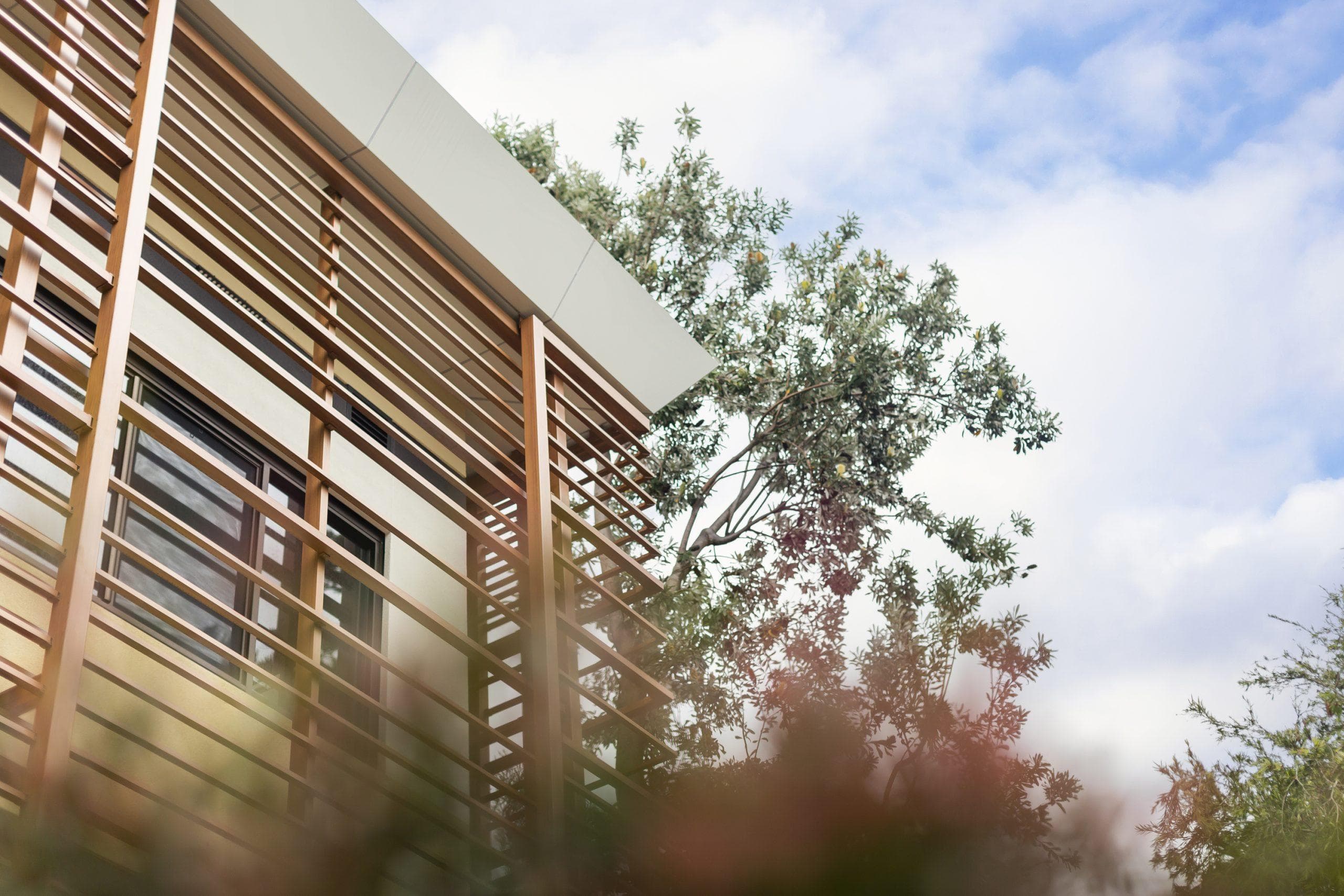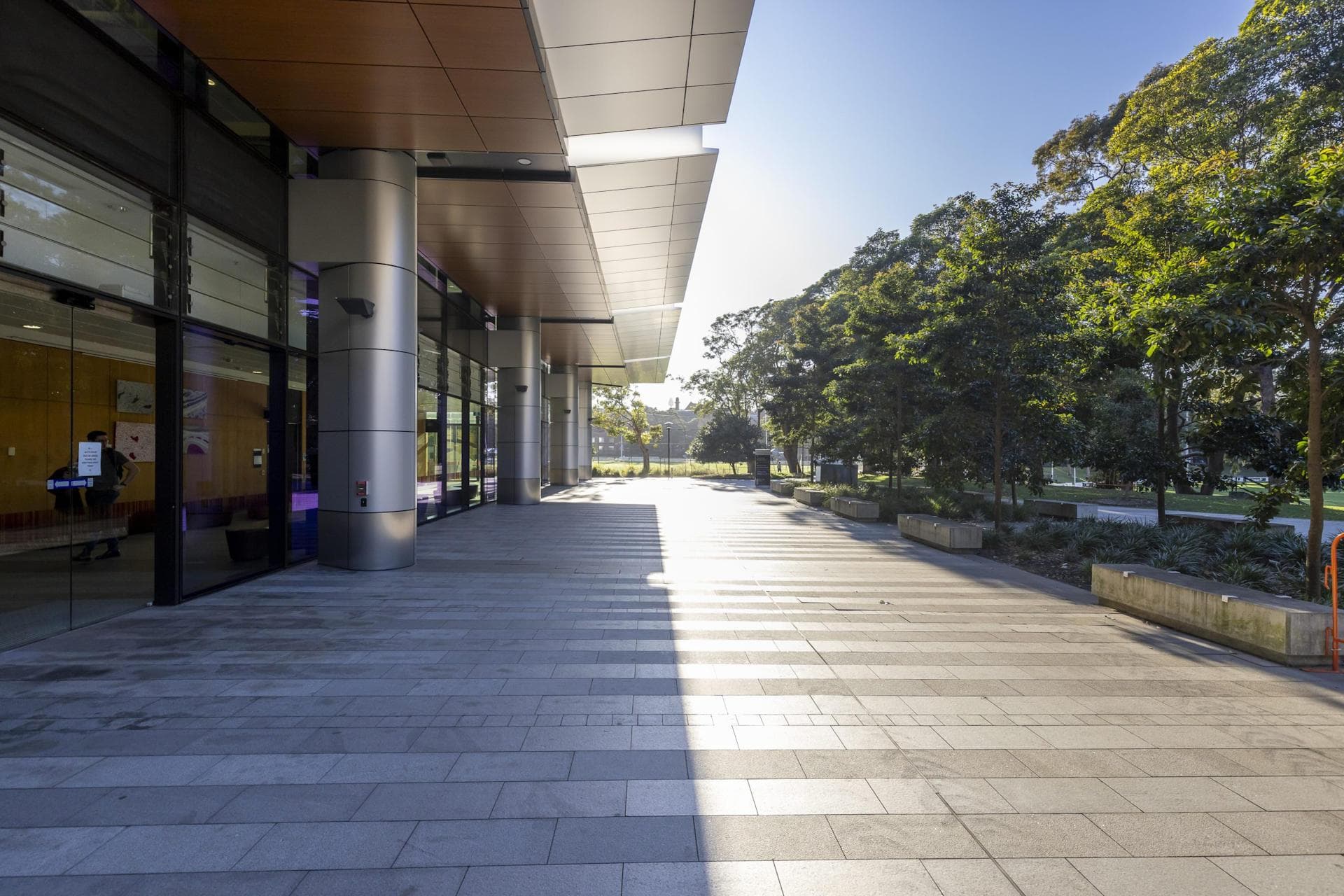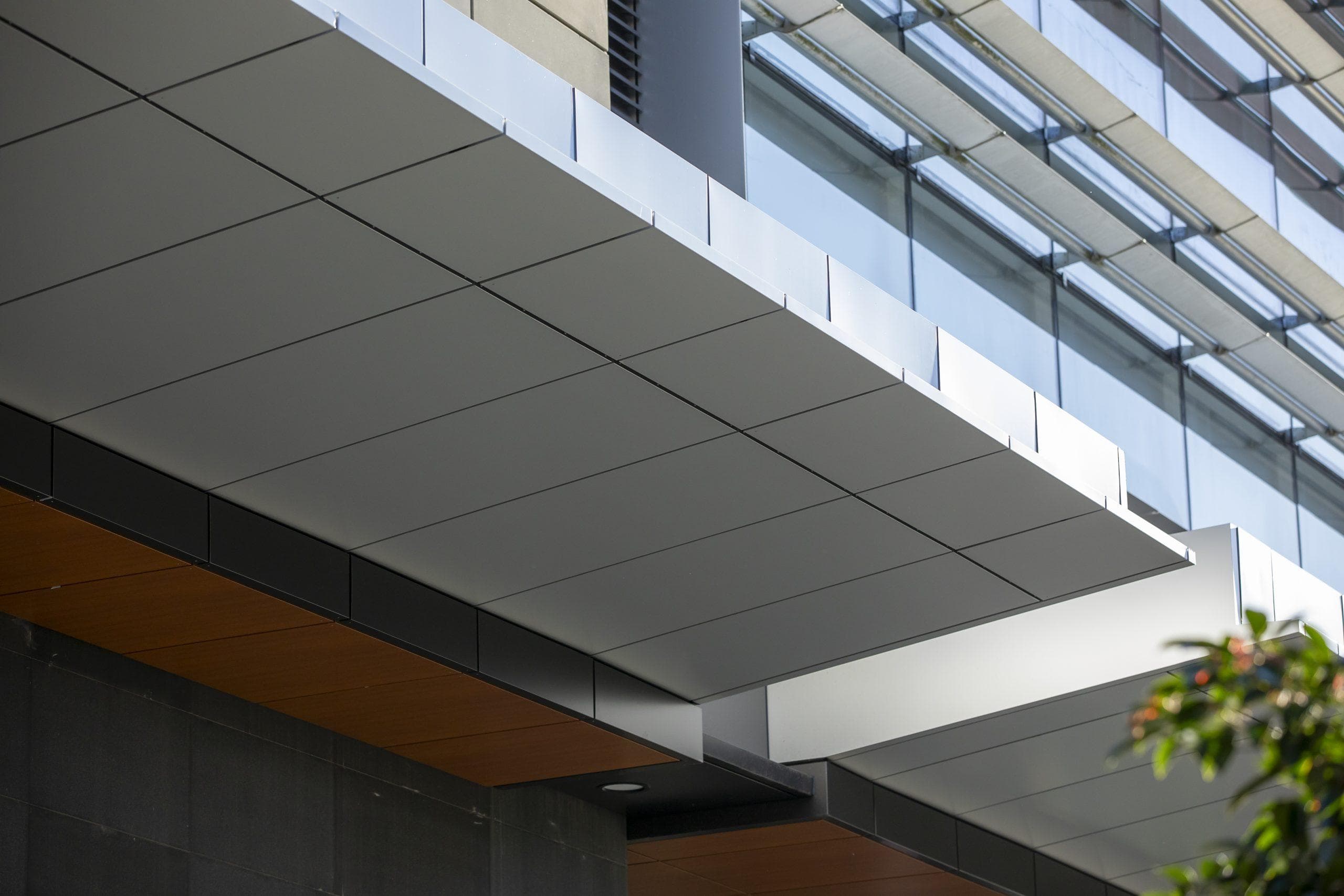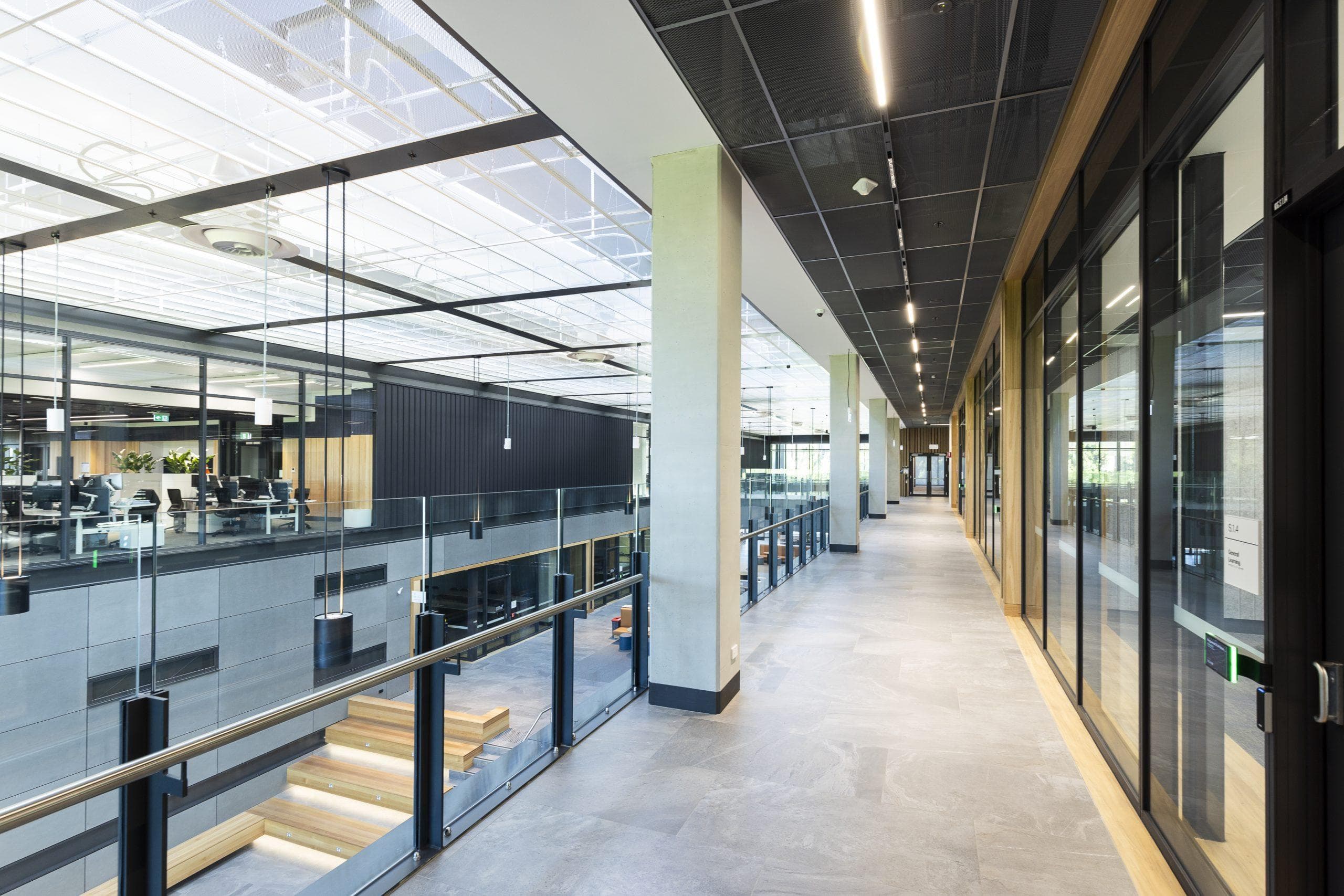Sustainable Ceilings: Reducing Carbon Footprint with Aluminium Ceiling Systems
Aluminium ceiling systems are lightweight, durable, and low-maintenance, making them a popular choice in modern construction. But beyond these benefits, sustainability is crucial. This whitepaper examines how the recyclability and long lifespan of aluminium ceiling systems contribute to reducing carbon footprints, offering specifiers valuable insights into choosing environmentally responsible materials for their projects.
Aluminium is a key material in modern construction, widely used in ceiling systems for its lightweight, durable, and low-maintenance properties, while also offering corrosion resistance and sleek aesthetics. Through careful and considered design and specification, it also has the potential to greatly reduce the carbon impact of construction projects.
Sustainable Ceilings: Reducing Carbon Footprint with Aluminium Ceiling Systems explores how aluminium ceiling systems, with their recyclability and long lifespan, can help lower your project’s carbon footprint, offering a more sustainable alternative to traditional materials. We also consider examples of innovative ceiling designs that incorporate dynamic lighting and shading systems to balance embodied carbon emissions from material production and transportation with significant reductions in operational emissions during the building’s lifetime.
durlum is a leading manufacturer of versatile, sustainable metal ceilings and integrated lighting solutions, known for creating bespoke designs for various commercial projects such as airports, railway stations, and office buildings. Their flexible ceiling systems offer a wide range of colours, textures, perforations, and finishes, allowing for creative customisation to meet any design requirement.
Download this whitepaper to learn how aluminium ceiling systems, with their recyclability and long lifespan, are a sustainable alternative to traditional building materials.
Related Articles

Sustainability eBook 2025
Australia’s leading sustainability projects continue to show how thoughtful design, material choice and lifecycle thinking shape the built environment. This year’s Sustainability Awards shortlist highlighted standout projects that balance performance, environmental responsibility and a strong connection to place.

Understanding Facade Warranties: What Designers Should Ask Before Specifying Cladding
Warranties are often overlooked until problems arise, but they are one of the most important safeguards in façade specification. This white paper helps designers understand what is really covered, what is not, and the right questions to ask before signing off. Learn how to assess warranty terms, minimise project risk and protect long-term façade performance.

A declaration is a disclosure, not a sustainability guarantee: Network Architectural debunks the EPD myth
Environmental Product Declarations (EPDs) are invaluable for transparency, but they don’t automatically make a product sustainable. As Llewellyn Regler explains, EPDs are disclosure tools, not guarantees. This article unpacks the myth, showing why specifiers must look beyond the label to durability, maintenance, lifecycle cost and embodied carbon to achieve genuinely sustainable outcomes.
